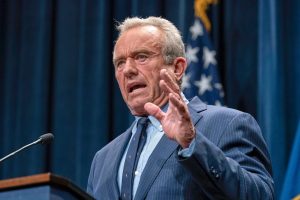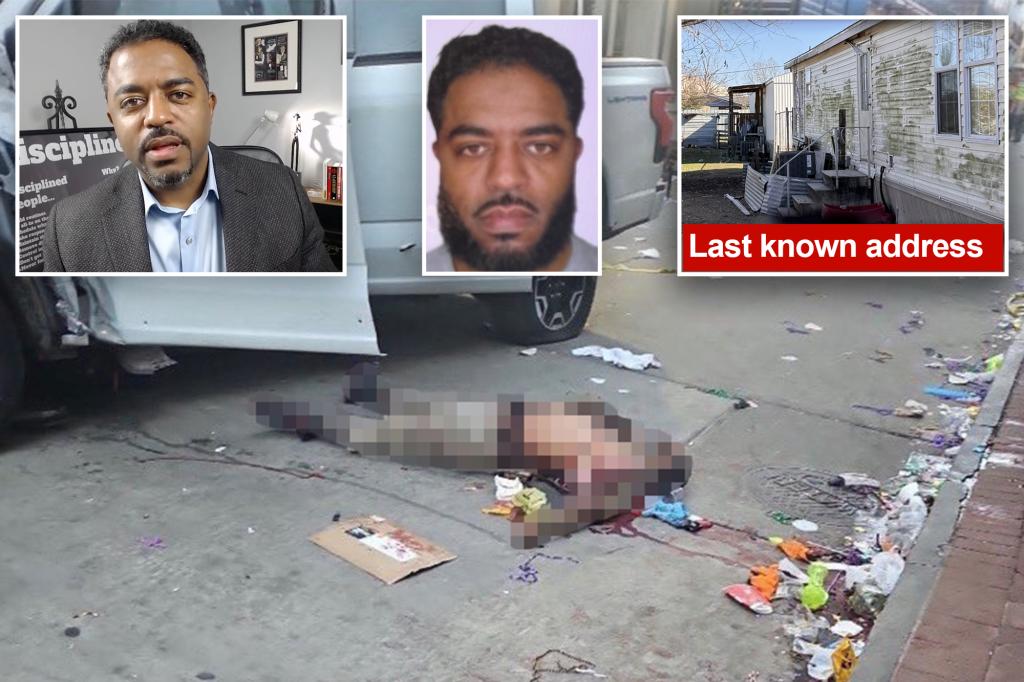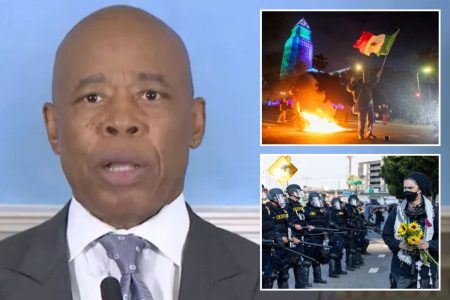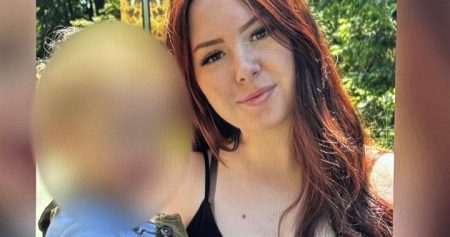Shamsud Din Jabbar, a 42-year-old Houston resident, perpetrated a horrific act of terror on New Year’s Day, driving a rented Ford F-150 Lightning EV truck down a crowded Bourbon Street in New Orleans, claiming the lives of at least ten people. The attack, marked by premeditation, saw Jabbar affixing an ISIS flag to his vehicle. This act of violence stands in stark contrast to the image Jabbar projected in a 2020 YouTube video promoting his real estate business. In the video, he presented himself as a trustworthy, dependable Texan with a decade of military service that instilled in him “the meaning of great service.” This duality – the seemingly All-American veteran versus the perpetrator of a terrorist attack – highlights the complexities of understanding Jabbar’s motivations and the path that led him to this devastating act.
Jabbar’s life after his military service took a different trajectory. He resided in a rundown trailer park on the outskirts of Houston, a community primarily populated by Muslim immigrants. The property, visited by journalists following the attack, presented a scene of rural disarray, with geese, chickens, and sheep roaming freely. This environment differed drastically from the image he cultivated in his business video. The proximity of Jabbar’s residence to the Masjid Bilal mosque, coupled with the discovery of videos referencing the Quran by law enforcement, suggests a potential connection to Islamic extremism, although the extent of that connection and the nature of his radicalization remain under investigation. The contrast between his prior military service, implying a commitment to the United States, and his embrace of ISIS ideology raises questions about the factors that contributed to his extremist views.
The picture of Jabbar painted by his neighbors is one of an unassuming individual who largely kept to himself. They described him as “simple” and quiet, engaging in only brief exchanges of greetings. This portrayal suggests a degree of social isolation and a lack of outward signs that would foreshadow his violent actions. This disconnect between his public persona and his private life further complicates the effort to understand the motivations behind the attack. The absence of readily apparent warning signs underscores the challenges in identifying individuals who may be radicalizing and planning acts of violence.
Jabbar’s past reveals a history of legal and financial troubles. He had two prior arrests, one for theft in 2002 and another for driving without a valid license in 2005. He also experienced two failed marriages, which reportedly left him in significant financial distress. In an email to his second wife’s lawyer, he detailed over $16,000 in credit card debt accumulated from court fees and expenses related to a second home, along with over $28,000 in losses from his real estate business the previous year. These financial struggles could have potentially contributed to a sense of desperation and disillusionment, although it remains unclear whether these difficulties played a direct role in his radicalization.
The swift response from law enforcement following the attack involved securing Jabbar’s property and restricting access to journalists. His former wives and their families are cooperating with the investigation, providing crucial information about his background and potential motives. Nakedra Jabbar, his first wife, has remarried, and her new husband’s father confirmed their cooperation with authorities. This collaborative effort is essential for piecing together the events leading up to the attack and gaining a deeper understanding of Jabbar’s motivations.
The investigation into Shamsud Din Jabbar’s terrorist attack in New Orleans is ongoing. Authorities are working to uncover the full extent of his radicalization, the specific factors that motivated his actions, and any potential connections to wider extremist networks. The seemingly contradictory aspects of his life – his military service, his professed faith, his financial struggles, and his ultimate act of violence – present a complex puzzle that investigators are striving to solve. Understanding the path that led him to this act of terror is crucial not only for bringing closure to the victims and their families but also for preventing similar tragedies in the future. The case highlights the challenges in identifying and addressing radicalization, particularly when it occurs within seemingly ordinary individuals.










